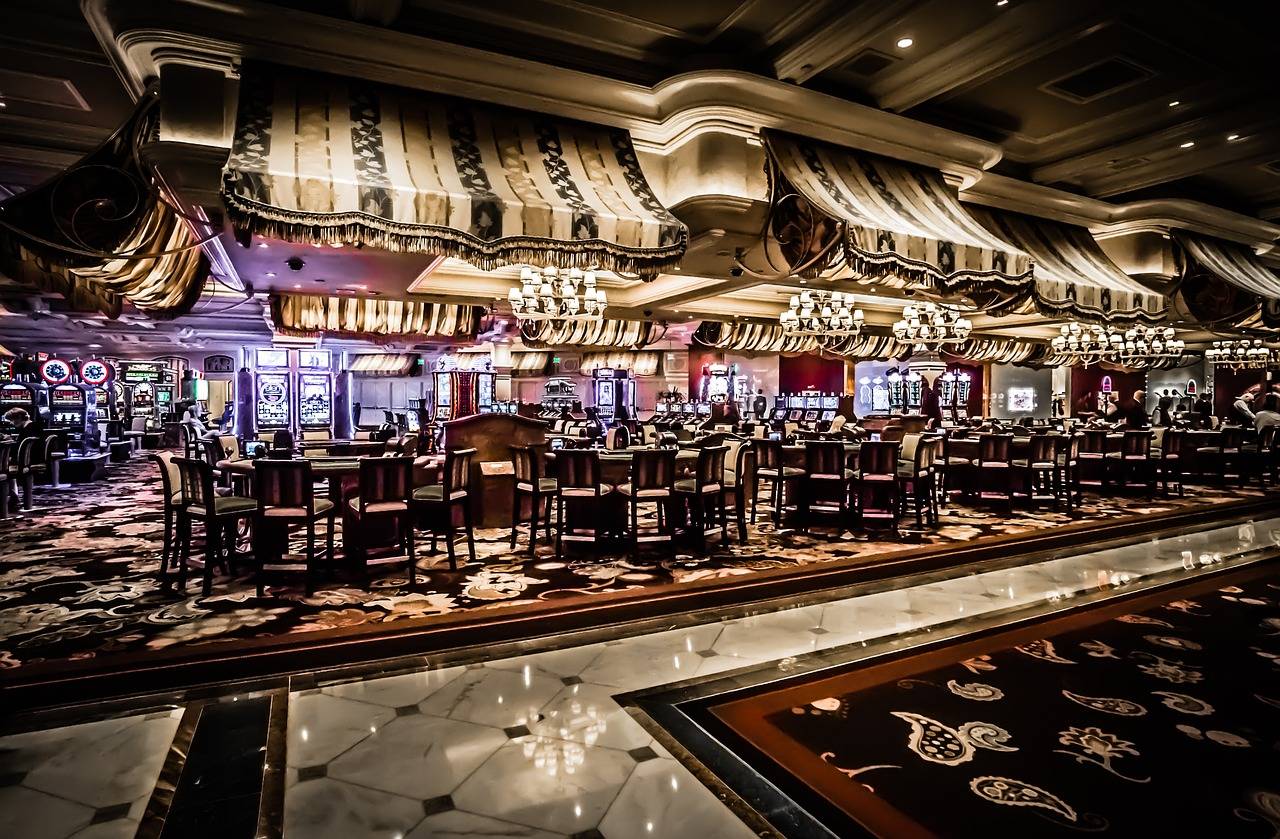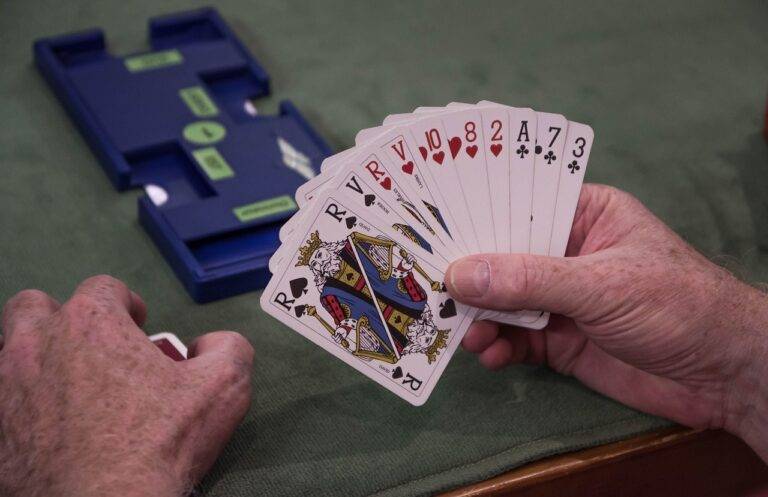Exploring the World of Drag Culture: From RuPaul’s Drag Race to DragCon
Drag culture has its roots deeply intertwined with various historical and social contexts. Dating back to the early 20th century, drag performances initially served as a form of comedic entertainment in vaudeville shows. During this period, drag queens were celebrated for their ability to challenge societal norms and push boundaries through their bold and exaggerated personas on stage.
As time progressed, drag culture became a significant part of the LGBTQ+ community, providing a safe space for individuals to express their gender identity freely. The Stonewall riots of 1969 marked a pivotal moment for drag culture, as drag queens played a crucial role in the fight for LGBTQ+ rights and visibility. Since then, drag has continued to evolve, embracing diversity and inclusivity while also highlighting the rich history and heritage that forms the foundation of this vibrant art form.
The Evolution of Drag Performance
Drag performance has experienced a significant evolution over the years, transitioning from its underground roots to a more mainstream presence. Initially rooted in LGBTQ+ communities as a form of self-expression and defiance of societal norms, drag has now gained widespread recognition and acceptance.
The evolution of drag performance can be attributed to various factors, including the increasing visibility of drag queens and kings in popular media and the rise of drag as an art form. From drag shows in small, intimate venues to large-scale productions in theaters and television, drag performance has gained a global platform, showcasing the incredible talent and creativity of drag artists.
What is drag culture?
Drag culture is a vibrant and diverse community that celebrates gender expression through performances that often involve exaggerated femininity or masculinity.
How has drag performance evolved over time?
Drag performance has evolved from underground and subversive acts to mainstream entertainment, with drag artists gaining recognition and acceptance in popular culture.
What are some key milestones in the evolution of drag performance?
Some key milestones include the Stonewall riots in 1969, which sparked the modern LGBTQ rights movement and brought drag performance into the spotlight, as well as the success of shows like RuPaul’s Drag Race in the 21st century.
How has drag culture influenced mainstream entertainment?
Drag culture has had a significant impact on mainstream entertainment, with drag artists becoming more visible in television, film, and music. Shows like RuPaul’s Drag Race have introduced a wider audience to the art of drag performance.
What challenges do drag performers face in the industry?
Drag performers still face discrimination and prejudice in the entertainment industry, but many are working to break down barriers and create more inclusive spaces for all genders and identities.





